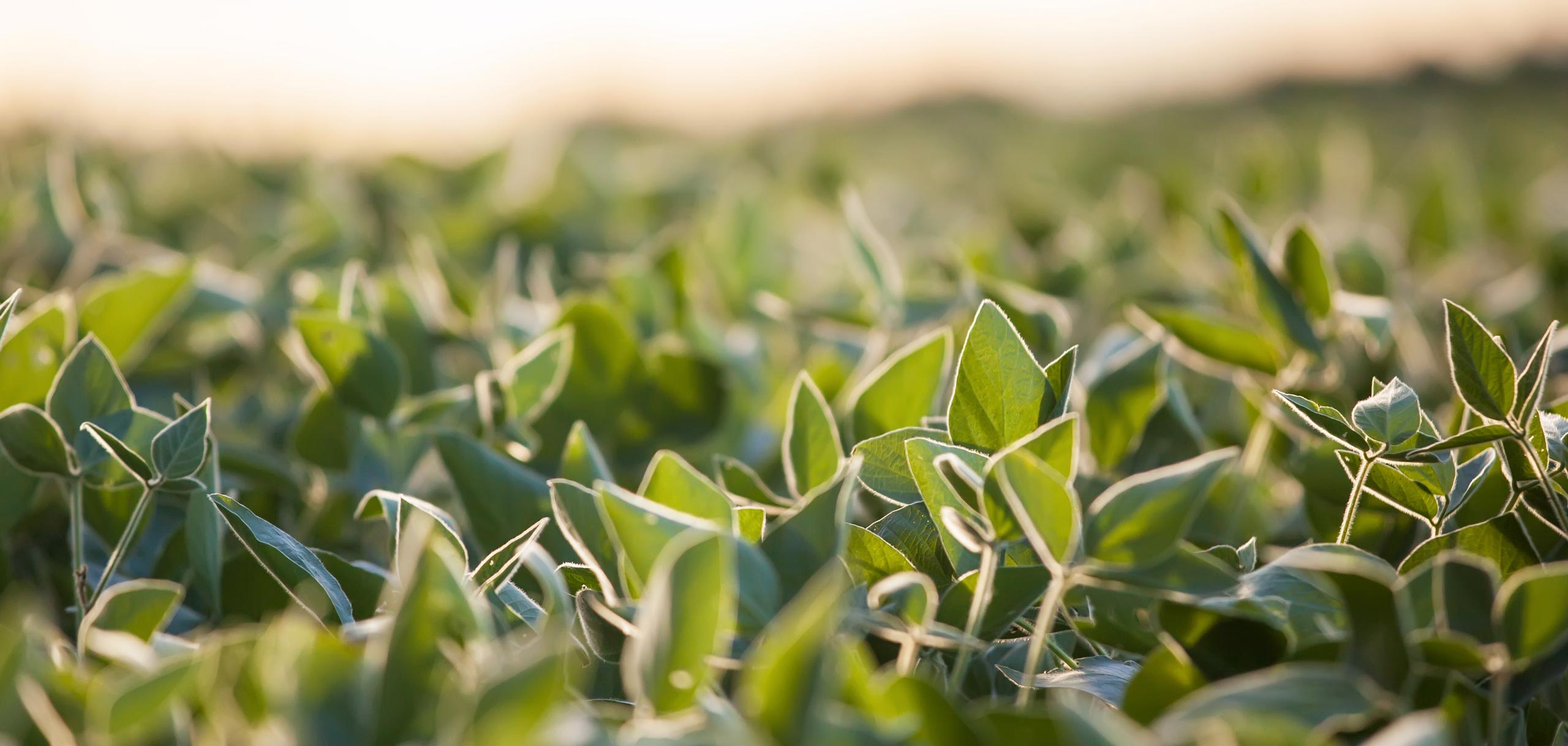Fishless Fish Feeds Could Make Aquaculture More Sustainable
- Category:
- Aquaculture
- General News

When it comes to commercial aquaculture, a lot of people have some legitimate concerns – fish farms can introduce antibiotics, anti-algal chemicals, and concentrated fish waste into the ocean. Escaped fish can upset the local ecological balance, and wild fish still need to be caught in large numbers as a food source for some species of farmed fish. While there have been recent efforts to address the first two concerns, the fish-in-the-fish-food problem is now being taken on in two different research projects, which are aimed at replacing the fish content in fish feed with more sustainable ingredients. Scientists at Australia’s Commonwealth Scientific and Industrial Research Organisation (CSIRO) have spent the past ten years developing a feed additive that does away with those fishy ingredients, a diet of microbes for prawns.
Traditionally, farmed prawns have been fed pellets that contain some fishmeal and fish oil. These are included mainly to help the animals grow large quickly. The additive contains marine microorganisms that have been bred in captivity, and which have been shown to play a crucial role in prawns’ growth process. In a large-scale field test, the product was mixed with an existing commercial feed (taking the place of the usual fish meal and oil), then used in ponds at an Australian prawn farm. According to CSIRO, the additive-consuming black tiger prawns grew an average of 30 percent faster than their regular-food-eating counterparts, plus they were healthier.
Meanwhile, scientists at the University of Maryland Center for Environmental Science have developed an alternative feed that consists entirely of plant-based ingredients. Fishmeal and oil are commonly used in the pellets eaten by carnivorous fish such as sea bream and striped bass. Instead of fishmeal, the experimental new feed includes corn, wheat, and soy. Taking the place of fish oil is a combination of lipids (fatty acids) from algae, amino acid supplements, and soybean or canola oil. Not only have test fish apparently thrived on the feed, but their flesh reportedly also has polychlorinated biphenyl (PCB) and mercury levels that are a hundred times lower than those found in fish consuming regular pellets containing wild-caught fish. This would allow consumers to eat striped bass twice a week, as opposed to the once every two weeks currently recommended.